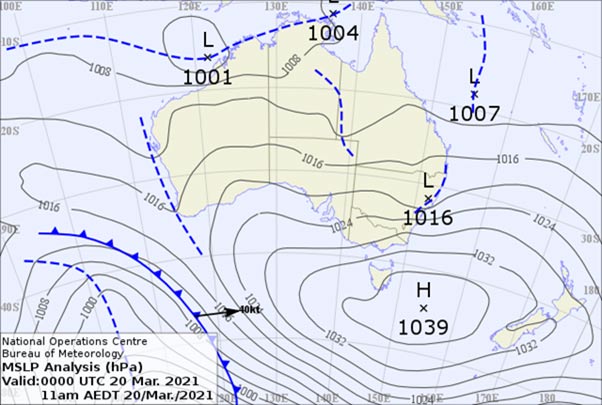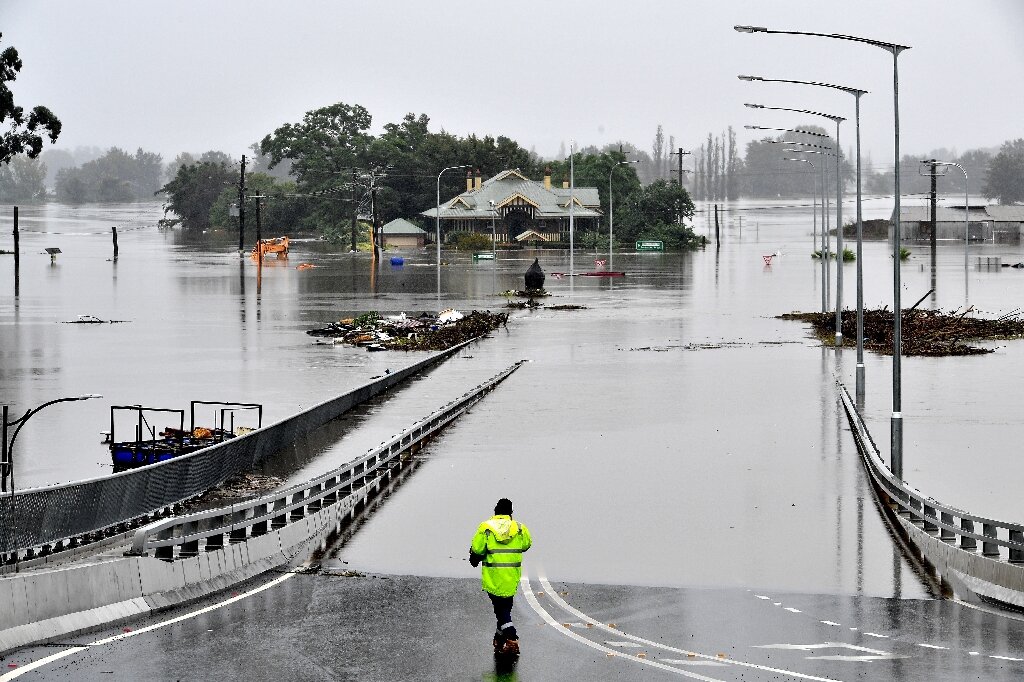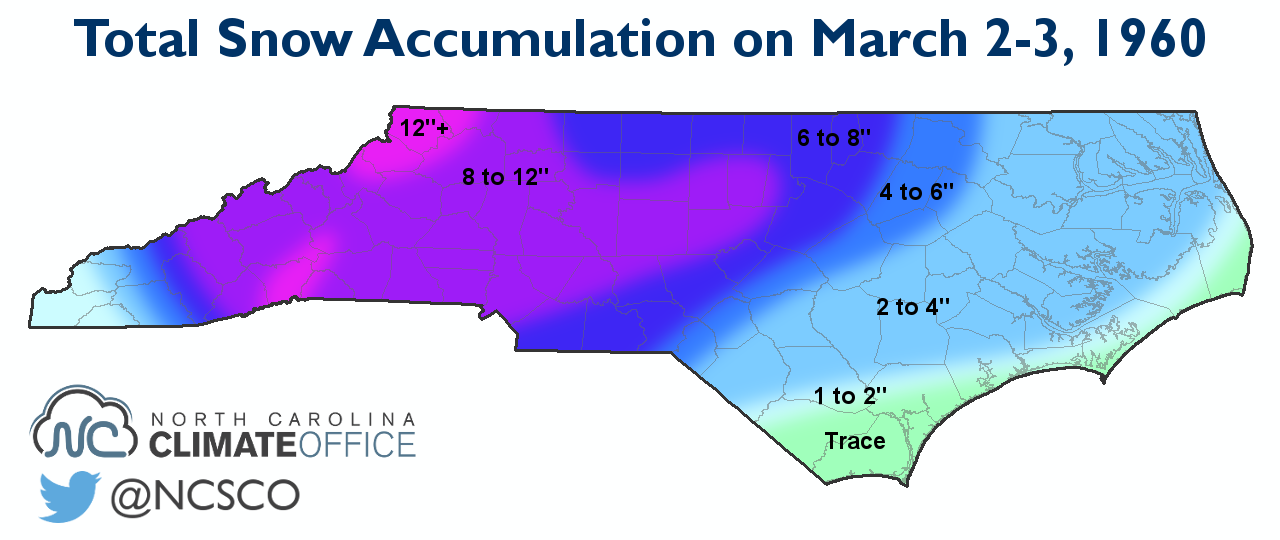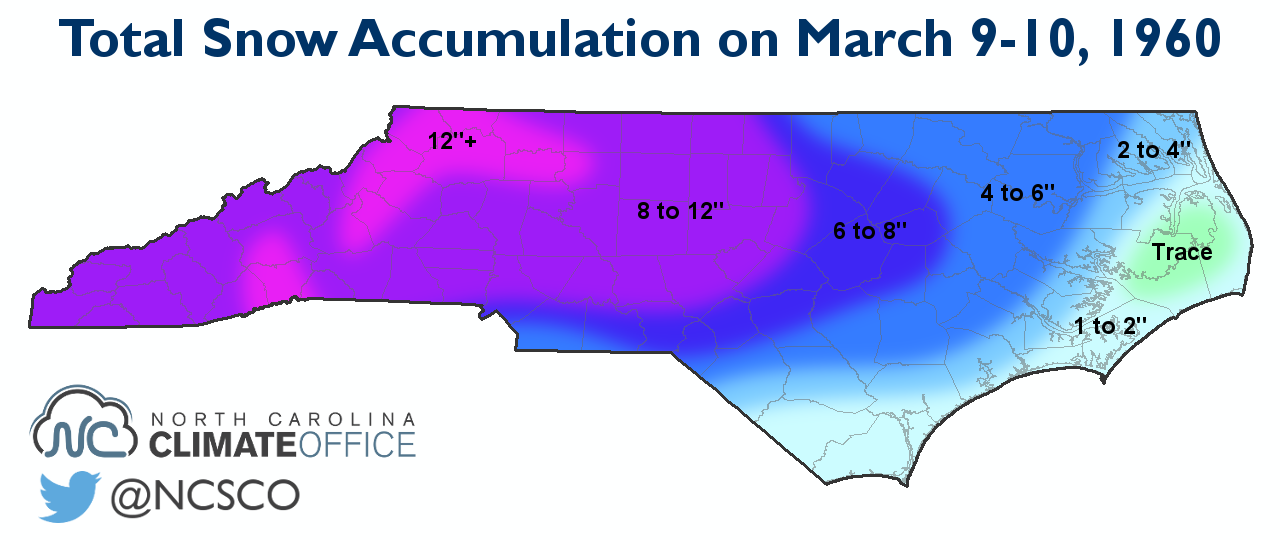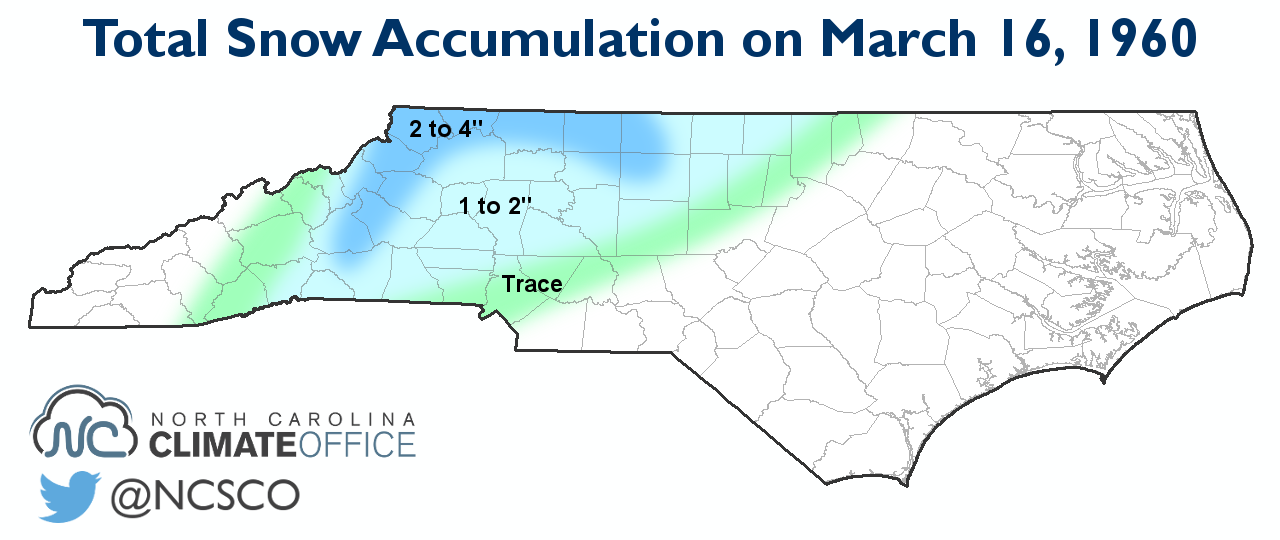Post by Ethereal on Sept 17, 2023 1:53:39 GMT -5
Why sprawling Aussie neighbourhood is set to be hottest place on earth in six months - 31 July 2023
Last week, I raised an alarming statistic to my TikTok Audience. In six months’ time, western Sydney will be the hottest place on earth. And no, I was not exaggerating. The result? Instantly viral.

Young planner of the year Samuel Austin (left) standing in the street with a microphone. To the right is a graphic showing how hot western Sydney will be.
Thousands of comments and messages asked how we’ve got to this point. And while climate change is playing a factor, you might be surprised to know there’s a much bigger issue ‘boiling’ away in Western Sydney. Western Sydney is naturally hotter than the eastern half of Sydney due to its unique geography and weather patterns, averaging 18 additional days over 35 degrees compared to the east. However, this additional heat is being significantly amplified by a phenomenon called the Urban Heat Island (UHI) effect.
UHI is a phenomenon where cities and urban spaces become much hotter than surrounding, less urbanised areas. This is because buildings and hard surfaces absorb heat and radiate it back out into the immediate atmosphere. Lower levels of vegetation cover due to hard surfaces and less water retained in the landscape also reduces evapotranspiration, a key process for removing heat from the environment.
Research shows that urbanised areas like Marsden Park, Edmonson Park, and Penrith can be a staggering 6 to 10 degrees hotter than nearby bushland and natural landscapes. Remember that sizzling summer of 2019/20? Penrith earned its place in history as the hottest spot on Earth, baking at a scalding 48.9°C.
But you might be asking, given how much of Sydney is covered in houses, why are the new suburbs in western Sydney so much worse? In the past 10 years Sydney has built more houses than it has done in history, with the majority being detached single-family houses on the urban fringes of western Sydney. Exactly where the hottest temperature on earth was recorded. The majority of these suburbs are clear cut of vegetation as part of the earthworks, meaning there is little to no mature vegetation left standing.

au.news.yahoo.com/why-sprawling-aussie-neighbourhood-is-set-to-be-hottest-place-on-earth-in-six-months-054156634.html?guccounter=1#:~:text=Remember%20that%20sizzling%20summer%20of,a%20scalding%2048.9%C2%B0C.
An interesting read, the guy's prediction is not that far off, considering how warm this September has been already!
Last week, I raised an alarming statistic to my TikTok Audience. In six months’ time, western Sydney will be the hottest place on earth. And no, I was not exaggerating. The result? Instantly viral.
Young planner of the year Samuel Austin (left) standing in the street with a microphone. To the right is a graphic showing how hot western Sydney will be.
Thousands of comments and messages asked how we’ve got to this point. And while climate change is playing a factor, you might be surprised to know there’s a much bigger issue ‘boiling’ away in Western Sydney. Western Sydney is naturally hotter than the eastern half of Sydney due to its unique geography and weather patterns, averaging 18 additional days over 35 degrees compared to the east. However, this additional heat is being significantly amplified by a phenomenon called the Urban Heat Island (UHI) effect.
UHI is a phenomenon where cities and urban spaces become much hotter than surrounding, less urbanised areas. This is because buildings and hard surfaces absorb heat and radiate it back out into the immediate atmosphere. Lower levels of vegetation cover due to hard surfaces and less water retained in the landscape also reduces evapotranspiration, a key process for removing heat from the environment.
Research shows that urbanised areas like Marsden Park, Edmonson Park, and Penrith can be a staggering 6 to 10 degrees hotter than nearby bushland and natural landscapes. Remember that sizzling summer of 2019/20? Penrith earned its place in history as the hottest spot on Earth, baking at a scalding 48.9°C.
But you might be asking, given how much of Sydney is covered in houses, why are the new suburbs in western Sydney so much worse? In the past 10 years Sydney has built more houses than it has done in history, with the majority being detached single-family houses on the urban fringes of western Sydney. Exactly where the hottest temperature on earth was recorded. The majority of these suburbs are clear cut of vegetation as part of the earthworks, meaning there is little to no mature vegetation left standing.
au.news.yahoo.com/why-sprawling-aussie-neighbourhood-is-set-to-be-hottest-place-on-earth-in-six-months-054156634.html?guccounter=1#:~:text=Remember%20that%20sizzling%20summer%20of,a%20scalding%2048.9%C2%B0C.
An interesting read, the guy's prediction is not that far off, considering how warm this September has been already!

